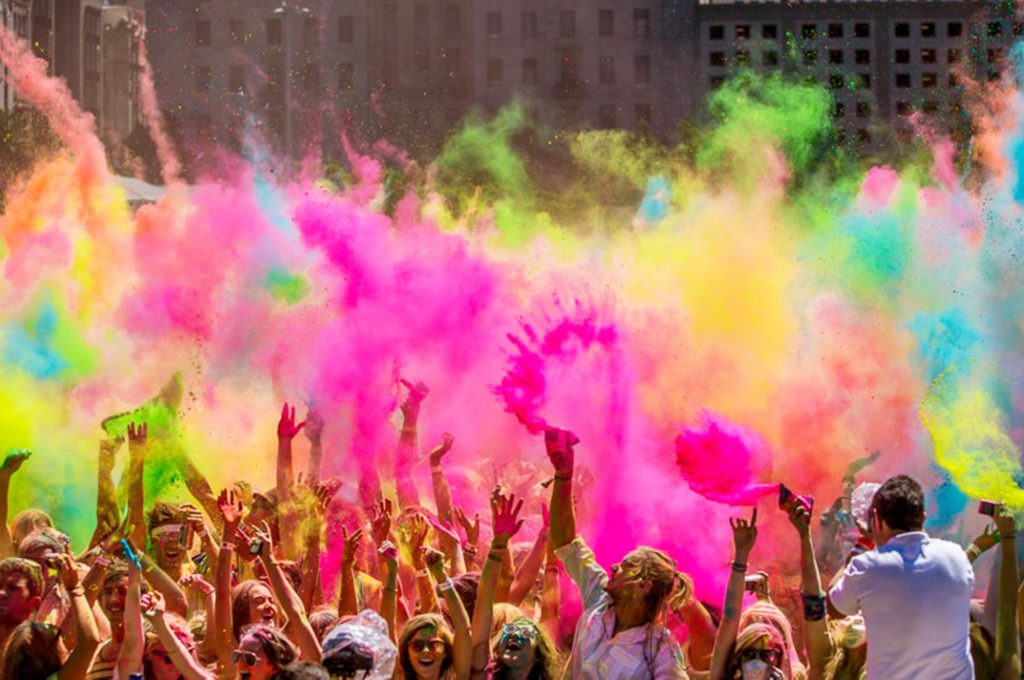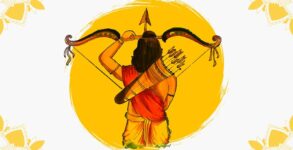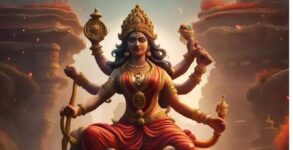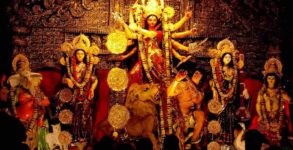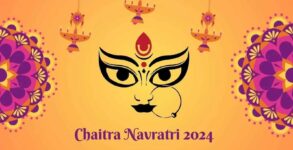The most awaited festival of colours falls on March 20 and 21 this year. But before we celebrate them most celebrated festival. Let us not forget that the 8 dark days before the main festival has arrived that is known as Holashtak. The festival of Holi is not a single day festival as with the onset of Holashtak, it becomes the festival of 9 days.
The only difference is that the first eight days is not to celebrate anything as it is considered inauspicious. Holashtak begins from today that is March 14 and from today till the eight days the people are forbidden to do anything promising. According to the Purnimanta calendar, Holashtak starts from Ashtami that is the eight days of Krishna Paksha and continues till Purnima of the Falgun Month.
When it reaches the last day that is the Falgun Purnima, Holi Dahan the major festival of Holi is celebrated. During the Holashtak period, all kind of important work is not done and is strictly prohibited. Legends believe that any auspicious work done during this period gives opposite results. It is said that people should engage themselves in donating money and food to the poor during this period.
Significance of Holashtak 2019
As mentioned earlier, Holashtak is considered inauspicious in many parts of the country, any auspicious ceremony like marriage, child naming, housewarming etc are never held during these days. It is said that during these days before Holi, the planets take transformation and hence put a negative impact on the lives of the people.
Why is Holashtak inauspicious?
Hindu mythology suggests Lord Shiva had cursed Lord Kamadeva and turned him into ashes in the month of Phalguna of Ashtami Tithi. It is said that these are the days when Goddess Rati prayed Lord Shiva as a self-punishment and pleased by the devotion he gave back life to Kamadeva that is celebrated by playing Holi.
During Holishtak, the branch of the tree is decorated using a colourful piece of clothes and they are burned on Holika Dahan by few communities. It is believed that these threads absorb all the negativity and protect us. After the dark 8 days, people celebrate the festival of colours.
Organic guide to save hair, skin, eyes from ill-effects of Holi colours

